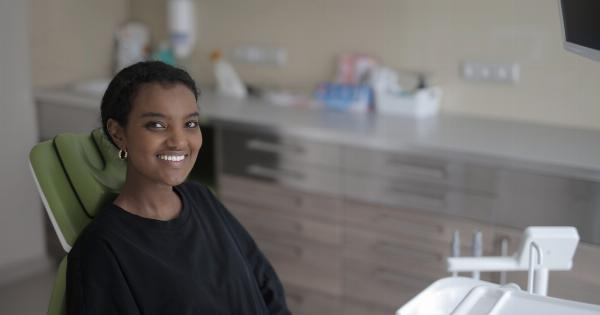Warts are a common skin condition that affects people of all ages. They are caused by the human papillomavirus (HPV). Unfortunately, there is a lot of misinformation and myths surrounding warts and HPV.
In this article, we aim to separate fact from fiction and provide you with accurate information about warts and HPV.
What are Warts?
Warts are small growths on the skin that are caused by the HPV. They can appear on any part of the body, including the hands, feet, face, and genitals.
Warts are usually painless and harmless, but they can be bothersome and embarrassing for some individuals.
How is HPV Spread?
HPV is highly contagious and can be spread through direct skin-to-skin contact with an infected person. It can also be transmitted indirectly through sharing contaminated objects such as towels or shoes.
HPV can enter the body through small cuts or openings in the skin.
The Different Types of Warts
There are several different types of warts, each with their own distinct characteristics:.
1. Common Warts
Common warts usually appear on the hands and fingers. They are rough to the touch and have a cauliflower-like appearance.
2. Plantar Warts
Plantar warts develop on the soles of the feet and can be painful. They are usually flat and have a hard, callused surface.
3. Genital Warts
Genital warts are sexually transmitted and appear on or around the genitals. They are soft, flesh-colored bumps that can vary in size and shape.
4. Flat Warts
Flat warts are small and smooth warts that commonly appear on the face, neck, and legs. They may be pink, light brown, or yellow in color.
5. Filiform Warts
Filiform warts have a thread-like or finger-like appearance. They usually appear on the face, particularly around the mouth, nose, or eyes.
Dispelling Myths about Warts and HPV
Now that we have discussed the different types of warts, let’s address some common myths and misconceptions about warts and HPV:.
1. Myth: Warts can be cured with over-the-counter remedies
Fact: While some over-the-counter treatments may help in removing warts, they do not cure the underlying HPV infection. It is important to consult a healthcare professional for proper diagnosis and treatment.
2. Myth: Only people with a weak immune system get warts
Fact: While a weakened immune system can increase the risk of developing warts, anyone can get them. HPV is highly contagious, and simply coming into contact with the virus can lead to the development of warts.
3. Myth: Warts will go away on their own without treatment
Fact: While some warts may disappear on their own over time, others may persist or even spread. It’s best to seek treatment to avoid potential complications and reduce the risk of transmission.
4. Myth: Warts can only be transmitted sexually
Fact: While genital warts are sexually transmitted, other types of warts can be spread through non-sexual contact. Sharing personal items or coming into direct contact with an infected person can lead to the transmission of HPV.
5. Myth: Warts are a form of cancer
Fact: Warts themselves are not cancerous. However, certain strains of HPV can increase the risk of developing certain types of cancer, such as cervical, anal, or throat cancer.
It is important to get regular screenings and vaccinations to prevent these types of cancers.
Prevention and Treatment of Warts
While treatment options for warts vary depending on the type and location, there are some general prevention and treatment measures that can be taken:.
1. Practice good hygiene
Regularly washing your hands and keeping the affected area clean can help prevent the spread of warts.
2. Avoid touching warts
Direct contact with warts can increase the risk of transmission. Refrain from scratching or picking at warts to prevent their spread.
3. Use protection
When engaging in sexual activity, it’s important to use protection, such as condoms, to reduce the risk of transmitting genital warts.
4. Seek medical treatment
If you have warts that are causing discomfort or are spreading, it is best to seek medical treatment. A healthcare professional can recommend appropriate treatments, including topical medications, cryotherapy, or surgical removal.
Conclusion
Warts are a common skin condition caused by the human papillomavirus (HPV). They can appear on any part of the body and are highly contagious.
It is important to separate fact from fiction when it comes to warts and HPV to ensure accurate information and appropriate treatment. Remember to consult a healthcare professional for a proper diagnosis and treatment plan.






























